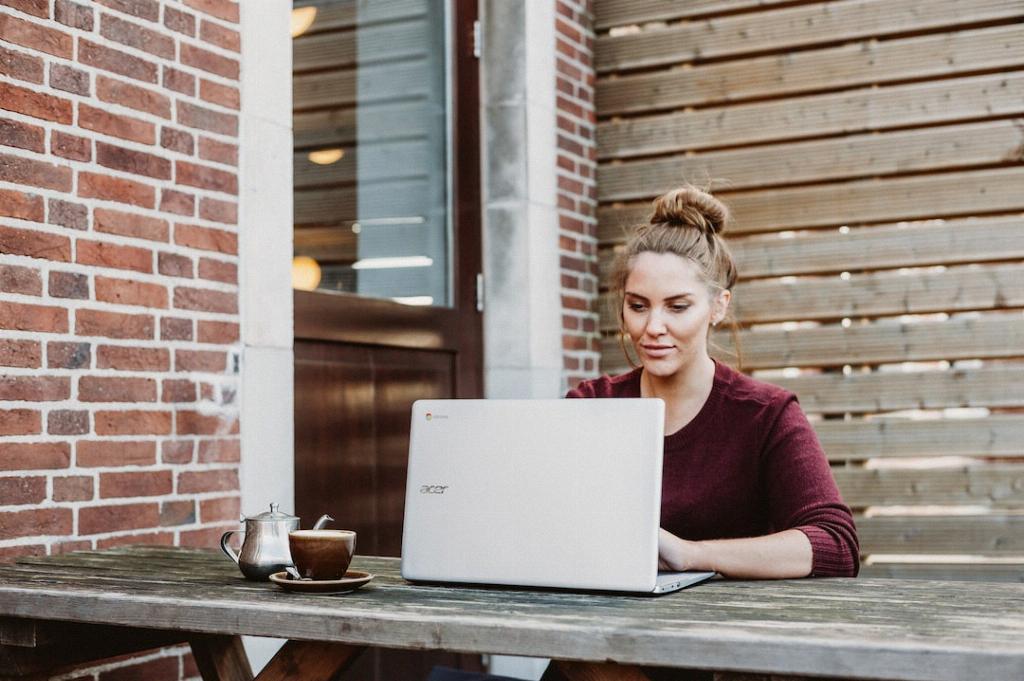If you find yourself in a situation where you need to freeze the touch screen on your Chromebook, there are a few simple steps you can follow to accomplish this task. Whether you need to temporarily disable the touch functionality for a specific purpose or troubleshooting an issue, knowing how to freeze the touch screen can be helpful.
To freeze the touch screen on your Chromebook, you can use the built-in lock screen feature. This feature allows you to temporarily lock the screen and prevent any touch input from being registered. To do this, simply press the Search key and L key on your keyboard simultaneously.
Another method to freeze the touch screen on your Chromebook is by accessing the lock screen option through the system settings. You can navigate to the lock screen settings by clicking on the time in the bottom right corner of the screen and selecting the “Lock” option. Alternatively, you can access the lock screen settings by going to Chromebook Settings, selecting “Security and Privacy,” and enabling the “Lock screen” feature.
Once you have locked the screen on your Chromebook, the touch functionality will be disabled, effectively freezing the touch screen. This can be particularly useful when you need to prevent accidental touch input or want to focus on a specific task that doesn’t require touch interaction.
It’s worth noting that freezing the touch screen on your Chromebook is a temporary measure and can be easily reversed. Simply unlocking the screen or disabling the lock screen feature will restore the touch functionality back to normal.
If you encounter any issues or difficulties with freezing the touch screen on your Chromebook, you can refer to the Google Help documentation for additional assistance. The Google Help resources offer detailed instructions and troubleshooting tips for managing various aspects of your Chromebook, including the touch screen functionality.
By familiarizing yourself with the options available for freezing the touch screen on your Chromebook, you can have better control over your device’s interaction methods. Whether you need to temporarily disable touch input for a specific task or troubleshooting purposes, knowing how to freeze the touch screen can be a valuable skill to have.
Overall, freezing the touch screen on your Chromebook is a straightforward process that can be done quickly and easily using the built-in lock screen feature or system settings. By following the steps outlined above, you can effectively disable touch input on your Chromebook when needed and re-enable it just as effortlessly.
Remember that freezing the touch screen is a reversible action, and you can always unlock the screen or disable the lock screen feature to restore normal touch functionality on your Chromebook. This flexibility allows you to customize your device’s interaction methods based on your specific needs and preferences.
As technology continues to evolve, knowing how to manage and customize the functionality of your devices becomes increasingly important. By understanding how to freeze the touch screen on your Chromebook, you can take control of your device’s touch input and optimize your user experience for various tasks and activities.
In conclusion, learning how to freeze the touch screen on your Chromebook is a simple yet valuable skill that can enhance your overall user experience with the device. Whether you need to temporarily disable touch input or troubleshoot issues, having this knowledge can be beneficial in various scenarios.

